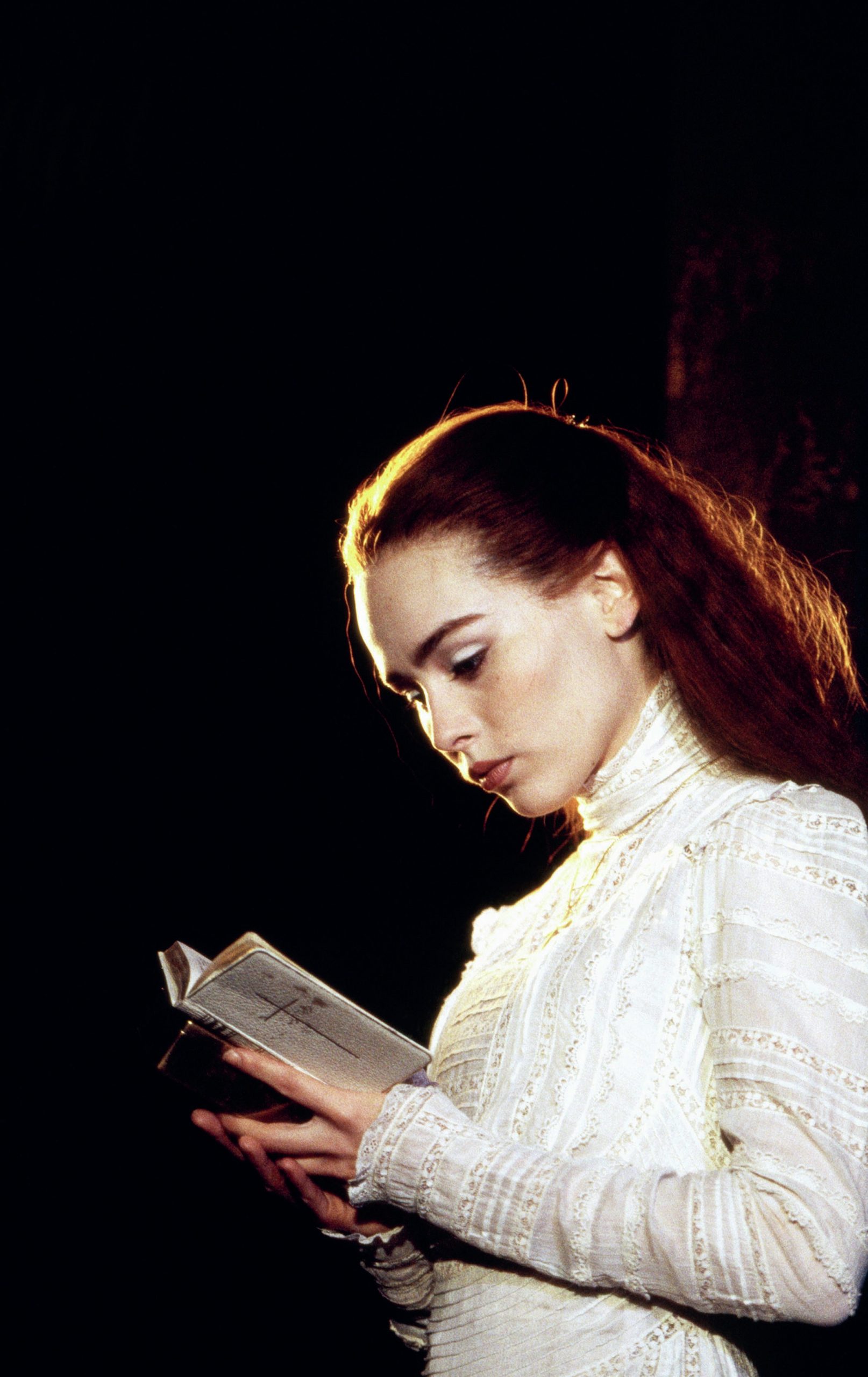
Ophelia’s role is pivotal in Hamlet. In structural terms, the tight plotting of her five scenes (1.3, 2.1, 3.1, 3.2, 4.4) suggests that her tragic arc is integral to Hamlet’s. She has extraordinary stage authority in her two ‘mad’ appearances in 4.4, as her words, songs and actions interweave betrayal, grief and power in original ways. Yet Ophelia’s stage history has been trapped between the twin myths of ‘pure victim’ and ‘sexualised neurotic’ for 400 years. Only rarely during the twentieth century and more frequently in this one, have directors started to reassess Ophelia on stage, and spin-offs of Hamlet have finally challenged audiences to see Shakespeare’s tragic heroine in new ways.
AQA (B): Paper 2 Texts and genres:Elements of crime writing
Your organisation does not have access to this article.
Sign up today to give your students the edge they need to achieve their best grades with subject expertise
Subscribe




